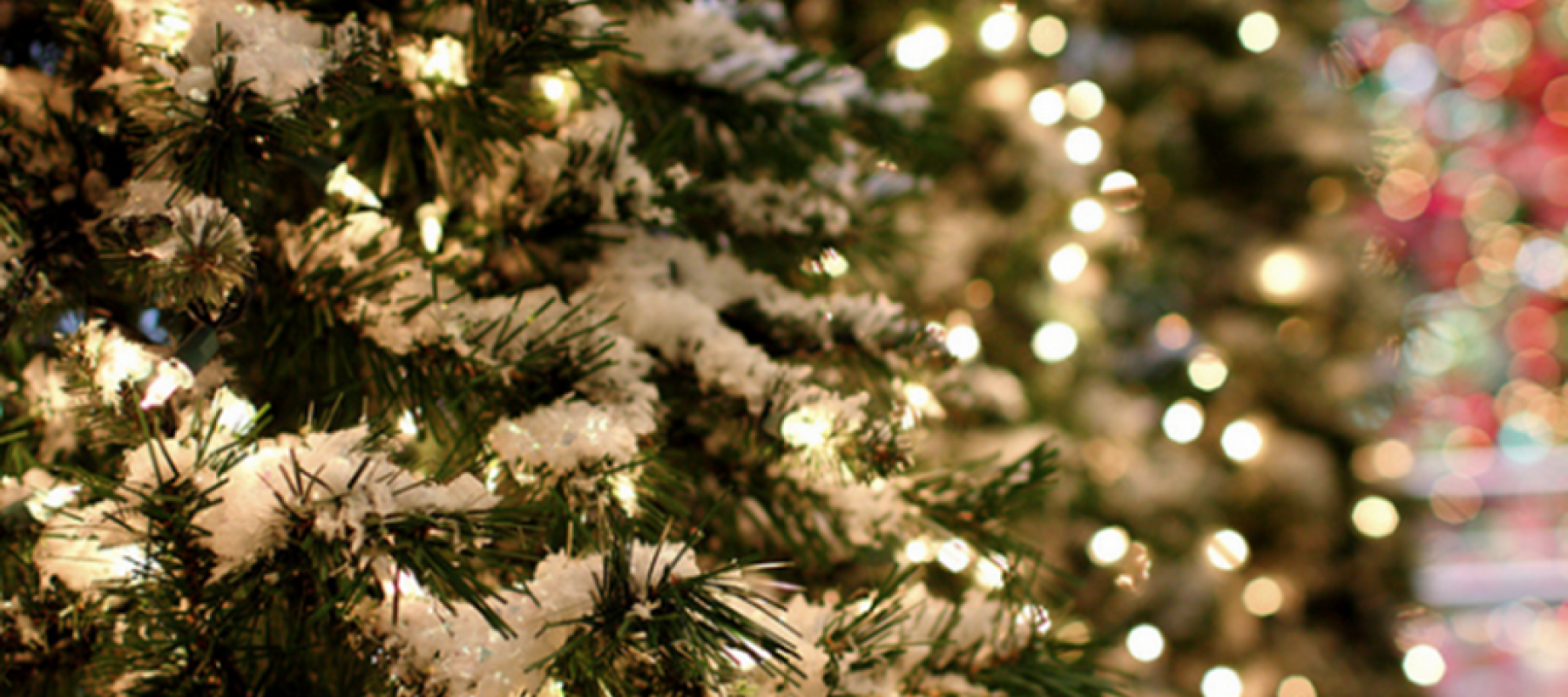The first Christmas trees were lit by small candles tied to branches. (Which was a real bad plan as you will read later) One popular myth is that Martin Luther decorated the first Christmas tree in this way, to show his children how the stars would shine through the trees. However, the tradition of decorated Christmas trees truly became popular worldwide when a sketch of Queen Victoria and her family with their decorated and lit Christmas tree appeared in the Illustrated London News in 1848.
While the candlelit trees were certainly pretty, they were not terribly safe. Attaching small lit candles to the branches of dried out pine trees caused many fires, and American insurance companies would not pay out for accidents caused in this way. Most often, the tree was put up on Christmas Eve and taken down shortly afterChristmas to cut the risk of fire.3
The First Electric Holiday Lights
In 1879, Thomas Edison demonstrated the first string of incandescent lights on New Year’s Eve. Though they weren’t up at Christmas, they are often considered to be the first string of Christmas lights. The first decorated Christmas tree would come a few years later.
Edward H. Johnson, who was then the vice president of the Edison Electric Light Company, decided in the Christmas season of 1882 to try lighting a Christmas tree with small electric light bulbs. He had a string of small, walnut-sized bulbs in red, white, and blue commissioned, and strung them on a small Christmas tree in his home. He placed the tree on a revolving pine box at his home in Manhattan. As the tree revolved, different lights would go on and off. Many who were there (mainly reporters) could not have imagined a prettier sight.
The first strings of Christmas lights were expensive: twelve dollars for a string, which translates to $300 in today’s dollars. The first advertisements for electric Christmas tree lights appeared shortly after the General Electric company bought Edison Electric Light Company in 1900. These advertisements suggested renting the light strings—after all, they weren’t cheap!
Rise in Popularity
Demand increased when, in 1903, the General Electric Company pre-wired the strings and began to sell them. The costs came down from $12 a string to $1.50 per string, and by 1925, the National Outfit Manufacturer’s Association (NOMA) was born. This was a group of about 15 holiday light manufacturers, but with the creation of NOMA, they were now the largest holiday light manufacturer in the world.
NOMA was key in bringing many different options in holiday lighting, such as bubble lights, bulbs shaped like flames, and blinking lights. Unfortunately, with the advent of aluminum Christmas trees, which could not be lit in the traditional way, in the late 60’s, NOMA had to file for bankruptcy, and light production moved overseas.
Holiday Lights Today
With the advent of cheaper production costs came cheaper lights, and soon the lights got smaller and more compact. Essentially all Christmas lights are made in China these days. With mini lights came an easier and safer way of lighting the tree. Advances such as programmable displays made lighting easier to control and conserve energy. Most recently, LED lights, low in cost and low in energy consumption, have become very popular.



